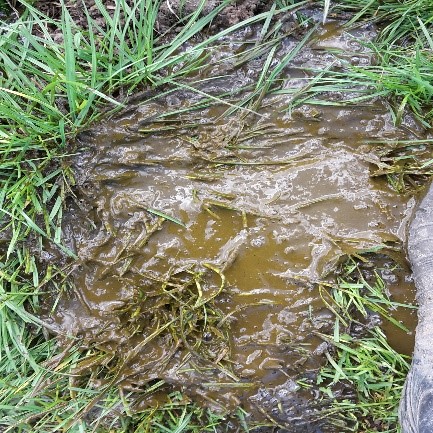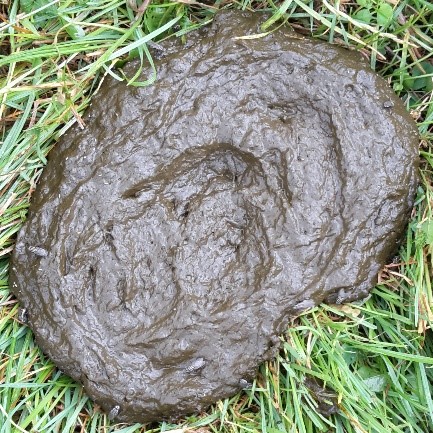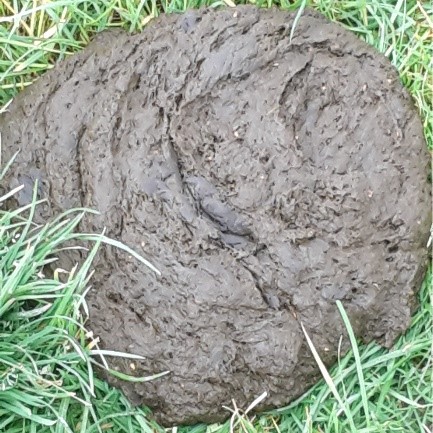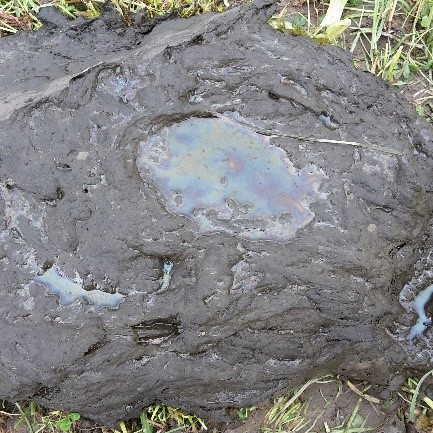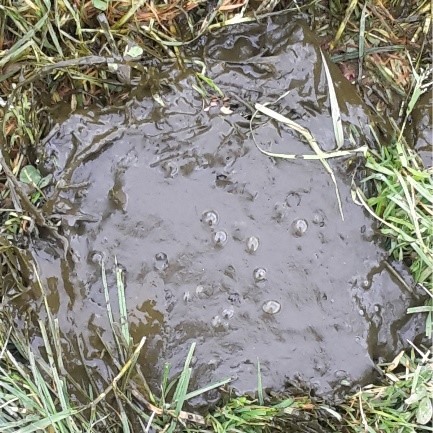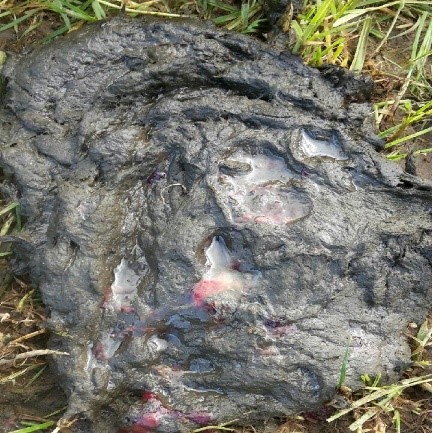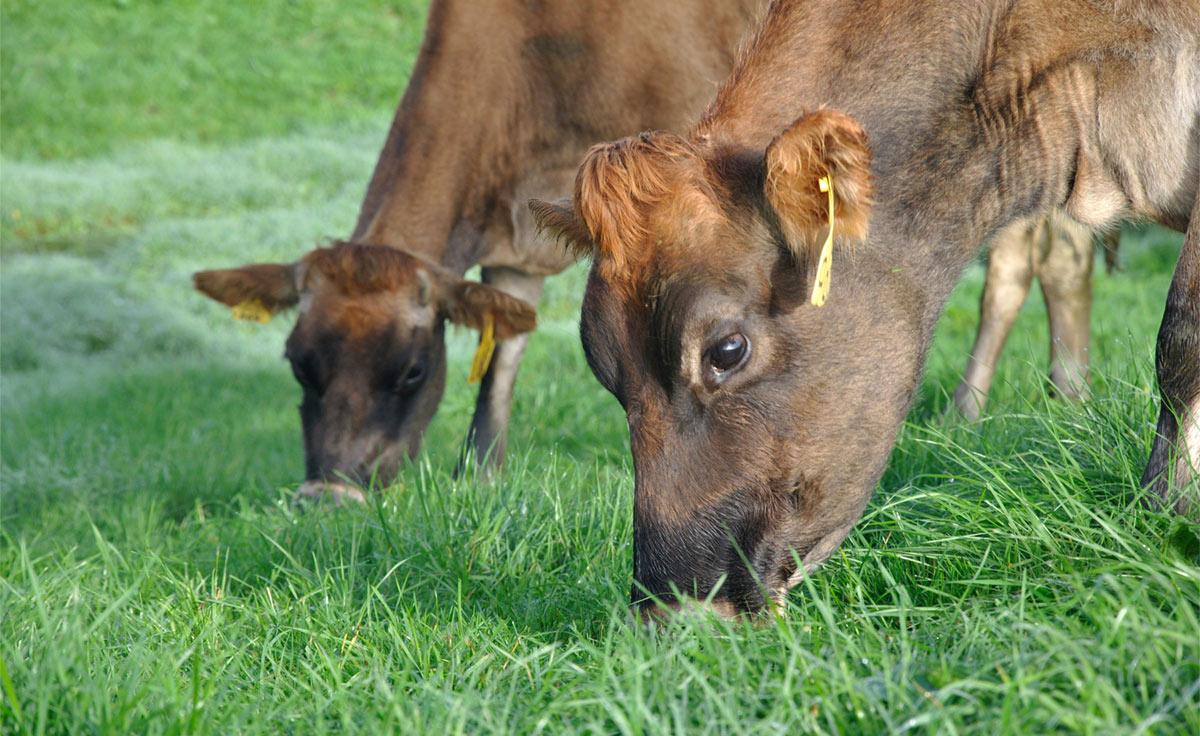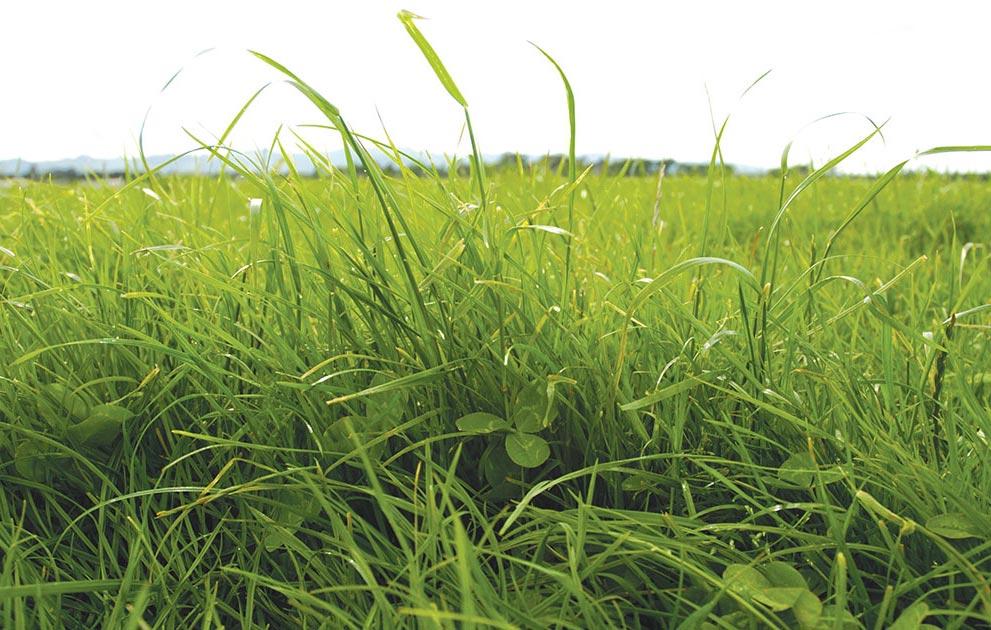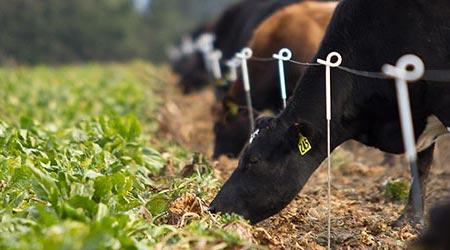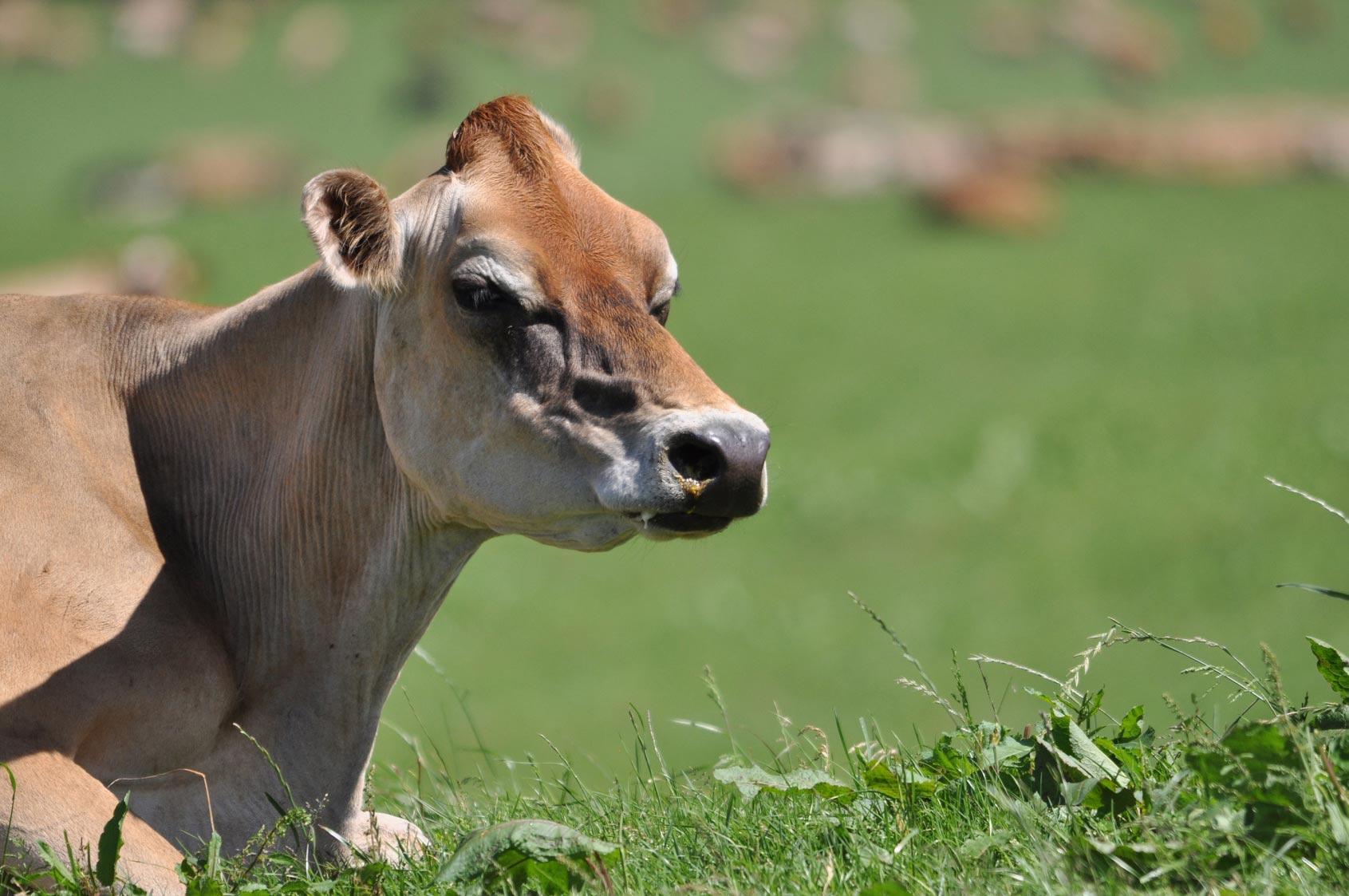Every day the cow reports what is happening in the digestive tract by leaving dung behind in the paddock. You as farmer can determine the health of the digestive system by looking at the consistency of the manure every day.
Observations
The cow dung shows how well the current ration is being digested by the cow. When looking at the dung, look at the texture, colour and shape. You can see how much fibre is coming through and if there are any undigested feed parts in the dung. At times you can see an oily colour usually after rainfall. All these factors tell a story.
Scoring
We are not the first that came up with the idea of looking at the manure and over time there has been a scoring system implemented to standardise manure consistency and give it a number between one and five to help describe what the manure looks like. Score 1 is very loose and watery looking manure where Score 5 is thick manure full of fibre in a heap of at least 3.5 centimetres high.
Diagnosis
When you are unsure about what the manure is telling you about your ration and the effect it has on the digestive system of your herd, please talk to your Milkmap consultant.
When manure is loose and watery it can mean several things; an excess of protein in the diet, there are toxins (like mould/ yeasts/ endophytes), you have a sick animal (for example: Johnes) or acidosis.
When manure is thick and fibrous there is not enough protein in the ration and you are limiting the cow’s production potential. The cow is using the fibre energy to build condition rather than put it in the milk vat, which without additional protein in the ration, she cannot do.
A picture tells more
Score 1
|
Score 2
|
Score 3
|
Score 4
|
Score 5
|
Score: Oil
|
Score: Bubbles
|
Score Mucus
|
Conclusion
Pasture is always changing, from paddock to paddock and from spring to summer to autumn and into winter. The quality changes every time, which affects the animals and their digestive system. As the pasture is continuously changing, keep looking at the manure, which should stay the same when the cows’ digestion is consistent and healthy. If manure changes, ask your Milkmap consultant about what it means and how it affects your productivity and profitability.



